MEN IN THE HEAD ® CHARACTER WHEEL helps you understand the brain-body connection using fun characters.
MEET THE CHARACTERS
Henry is the SENSORY guy! He helps with ALL of the senses – sight, sound, smell, taste and touch. He even helps with knowing the weight, texture and pressure of stimuli as well as your protective system of knowing where you and others are. Here’s his story ->
Amanda is the SMARTS girl! She helps you read, write, do math, pay attention, and do well in school. She helps you remember things too!
George is the MOTOR guy! He helps you play ball, paint, draw, write and move around. He’s the one who tells your body how to play sports and playground games. Find out more about George ->
Larry & Gary are the SPACE & MOVEMENT twins! They help you with your vestibular and proprioception systems -otherwise known as space and movement. They help you be coordinated and aware of your body. Meet them here ->
Sally is the BODY NEEDS girl! She helps you know when to eat, sleep and even go to the bathroom. She is so helpful and necessary! Find out more about Sally ->
Gerald is the IMPULSES guy! he helps you play freeze tag and musical chairs. He helps you know when to stay in your seat at school and when it’s okay to play loudly on the playground. He helps you regulate yourself. Here’s his story ->
Samantha is our FEELINGS girl! She helps you know when you are happy or sad and also when others are. That’s called empathy. She also helps you with your intuition. Meet her here ->
Thomas is the SAFETY guy! He helps keep you safe when he tells you whether it’s safe to jump across that brook or when to cross the street. Find out more about him ->
CONDITIONS
The Men in the Head ® Characters help you understand how to get help for each condition by illustrating the areas of concern in a fun and simple way by using the characters.
MEN IN THE HEAD ® CONDITION CARDS
SENSORY PROCESSING DISORDER (SPD) deals with three primary areas:
- Sensory
- Motor
- Space and movement
Knowing to deal with all three areas helps you understand the issues as well get the help you need.
SPD is more than the five senses, it involves moving the body, planning to move the body, knowing HOW to move the body and how your body movement relates to others. It also involves knowing your own body image.
ATTENTION DEFICIT HYPERACTIVITY DISORDER (ADHD) affects more than just the attention and focus areas of the brain-body connection. It also affects impulse regulation and control, safety awareness, decision making and rewards processing centers of the brain as well as monitoring the body’s needs. Untreated ADHD can also affect feelings and emotions due to the behavioral aspects arising from frustration, anger or even depression.
Being aware of the various areas of the brain-body connection can focus attention where it is needed as well as aid in prioritizing the objectives of an Individualized Education Plan (IEP) or other treatment plan.
AUTISM SPECTRUM DISORDER (ASD) involves ALL of the characters, making it one of the most difficult disorders to manage and seek solutions. ASD is known as a communication or social interaction disorder, however, it can typically involve having difficulties with eating foods and other sensory input, paying attention, body movement, coordination and perception, monitoring the body’s needs, impulse regulation and control and safety awareness.
The above listing involves every character and knowing this aids in gathering, integrating, coordinating and prioritizing the resources, support and strategies you need to help your child.
DYSLEXIA involves one primary area of the brain-body connection – the SMARTS. This makes it less complicated to determine strategies and solutions, however it does not make it easier to diagnose.
STRESS often results from other disorders or it can occur on its own. From a brain-body connection perspective, it involves our feelings, our impulses and our judgment.
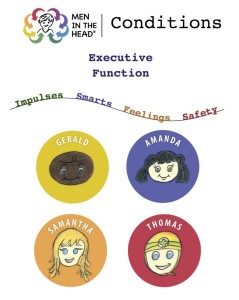 EXECUTIVE FUNCTION is not as straightforward as it first seems. At first glance, it involves being able to organize, prioritize, manage time, and think in complexity. However, it also involves impulse regulation, social interaction, making sound judgments and emotional intelligence. Therefore, using the different characters highlights these areas in a simple way:
EXECUTIVE FUNCTION is not as straightforward as it first seems. At first glance, it involves being able to organize, prioritize, manage time, and think in complexity. However, it also involves impulse regulation, social interaction, making sound judgments and emotional intelligence. Therefore, using the different characters highlights these areas in a simple way:
- AMANDA: SMARTS -Organization, prioritization, time management and complex thinking
- GERALD: IMPULSES – Impulse regulation and control
- SAMANTHA: FEELINGS – Social interaction and emotional intelligence
- THOMAS: SAFETY – Making sound judgments and rewards processing

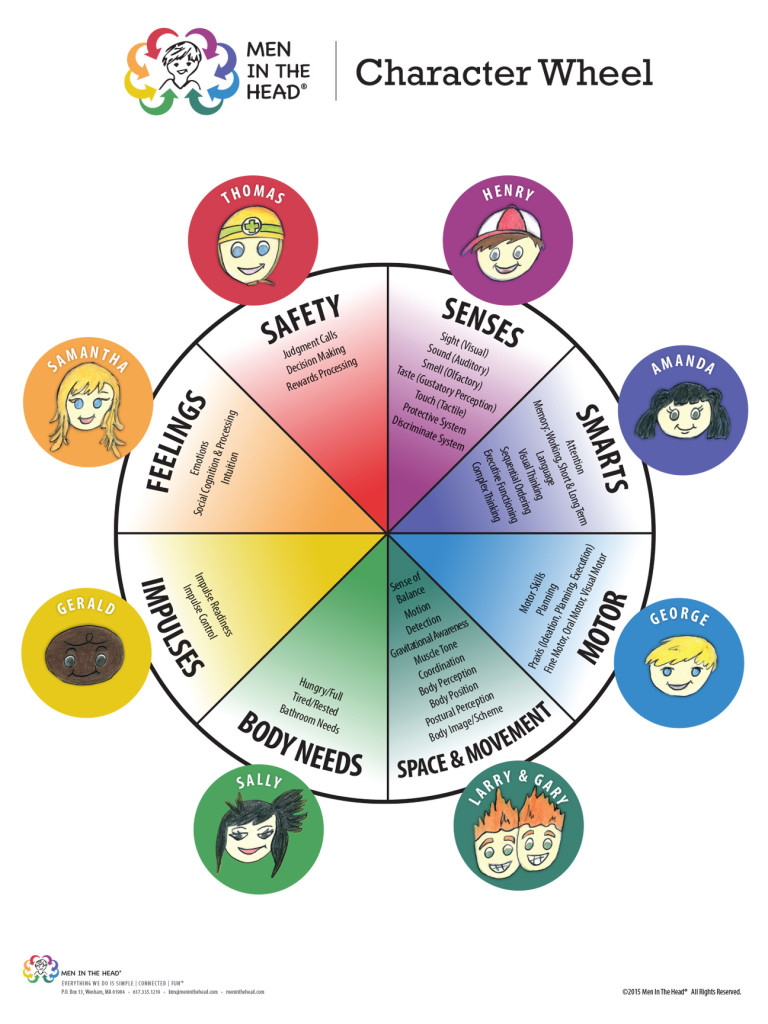
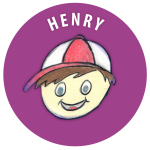
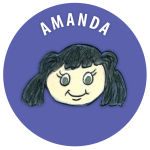
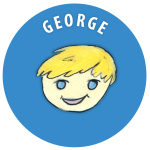
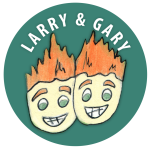
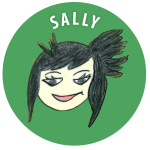
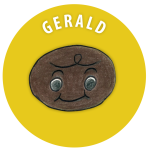
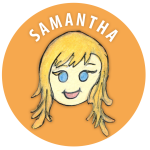
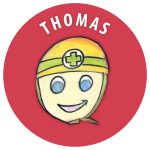
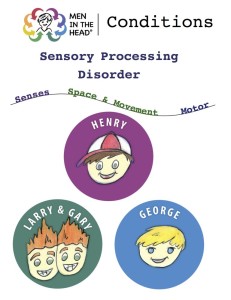
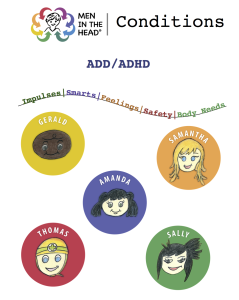
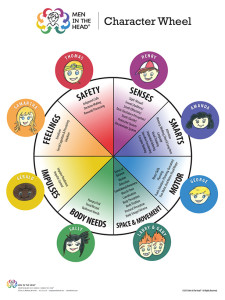
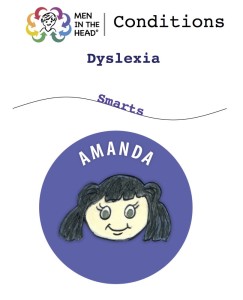
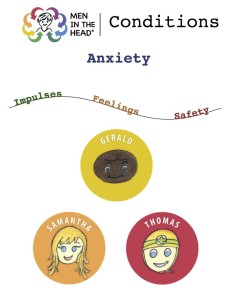

Love -love the characters & developmental accessibility for kids. We need to connect you with our school & parent outreach. Are you doing book signing schedulings?
Oh yay – so glad you like it! As an expert in this field, that means A LOT! Fingers crossed as the final proof is being submitted today. Hopefully, hopefully, the book will be released in late April. Scheduling LOTS of activities – speaking & otherwise once I have a firm date.